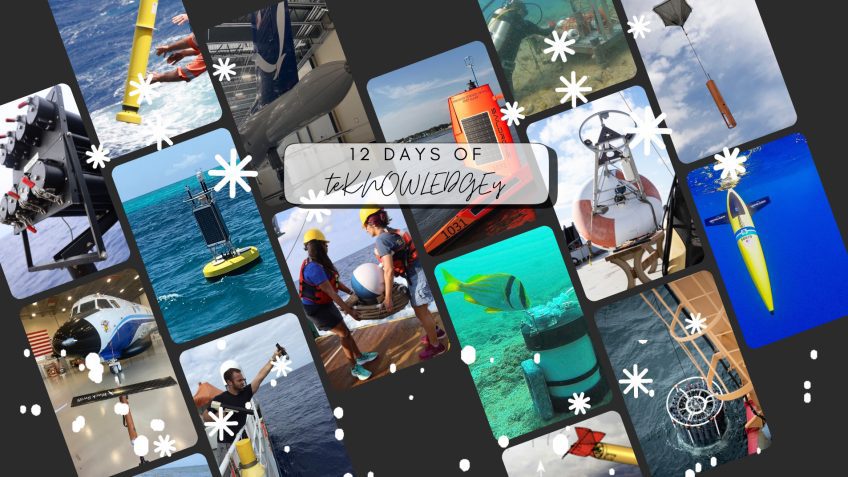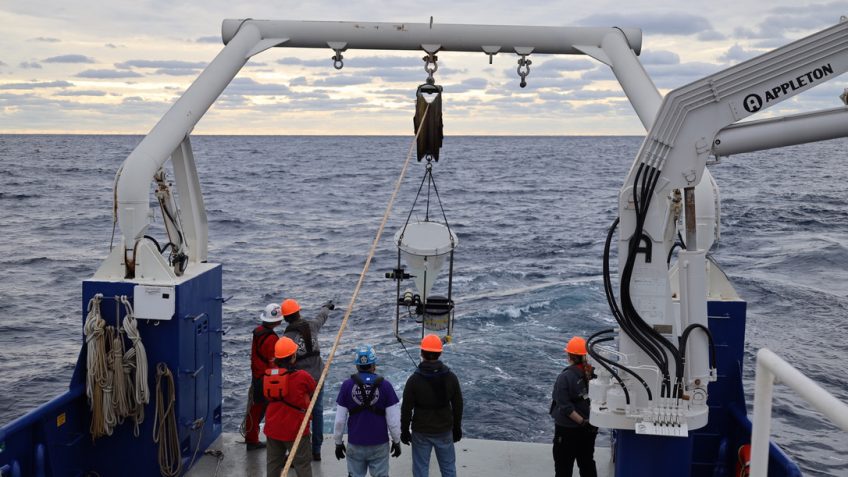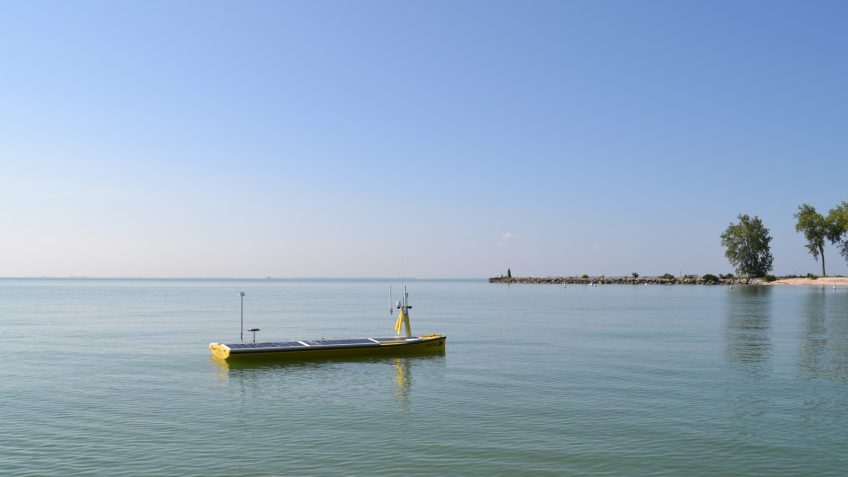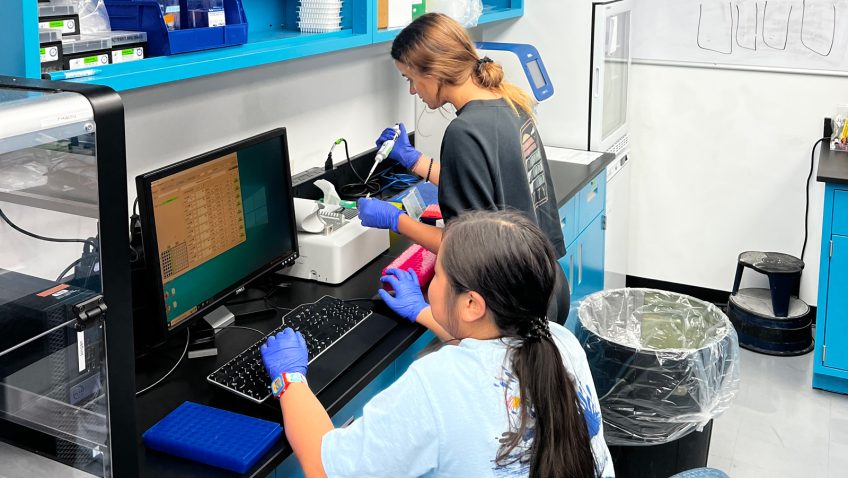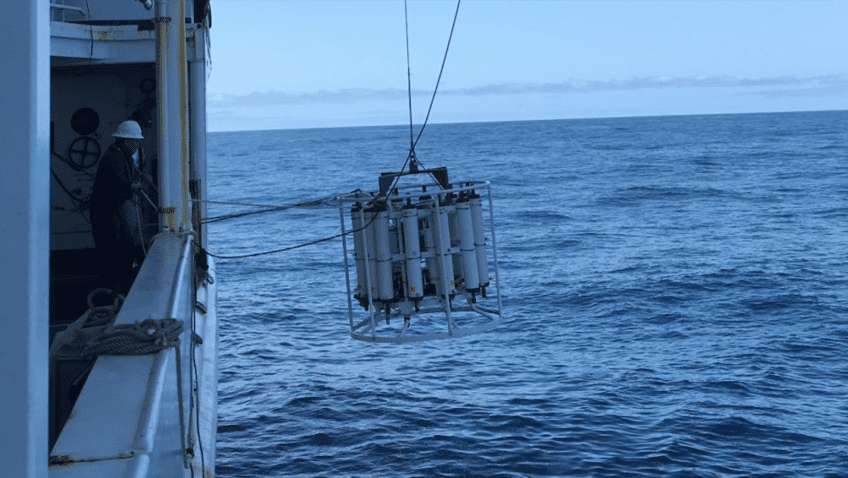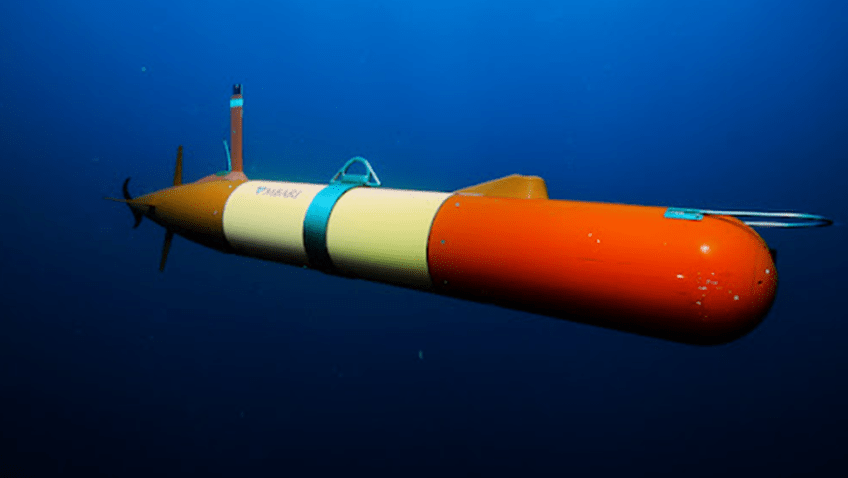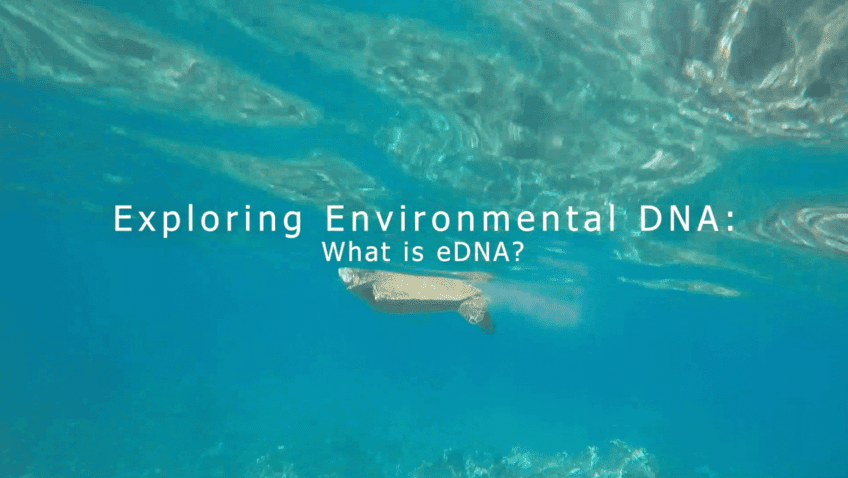Coral Restoration: Using ‘Omics to Strategize and Manage Restoration Efforts
A new study by scientists at the Atlantic Oceanographic and Meteorological Laboratory (AOML) and the Cooperative Institute for Marine and Atmospheric Sciences (CIMAS) provides new insights for effective restoration of the crucial reef-building coral species Acropora palmata, or Elkhorn coral. Applying ‘Omics techniques to investigate how habitat and coral microbiomes influence ongoing restoration efforts, this […]

